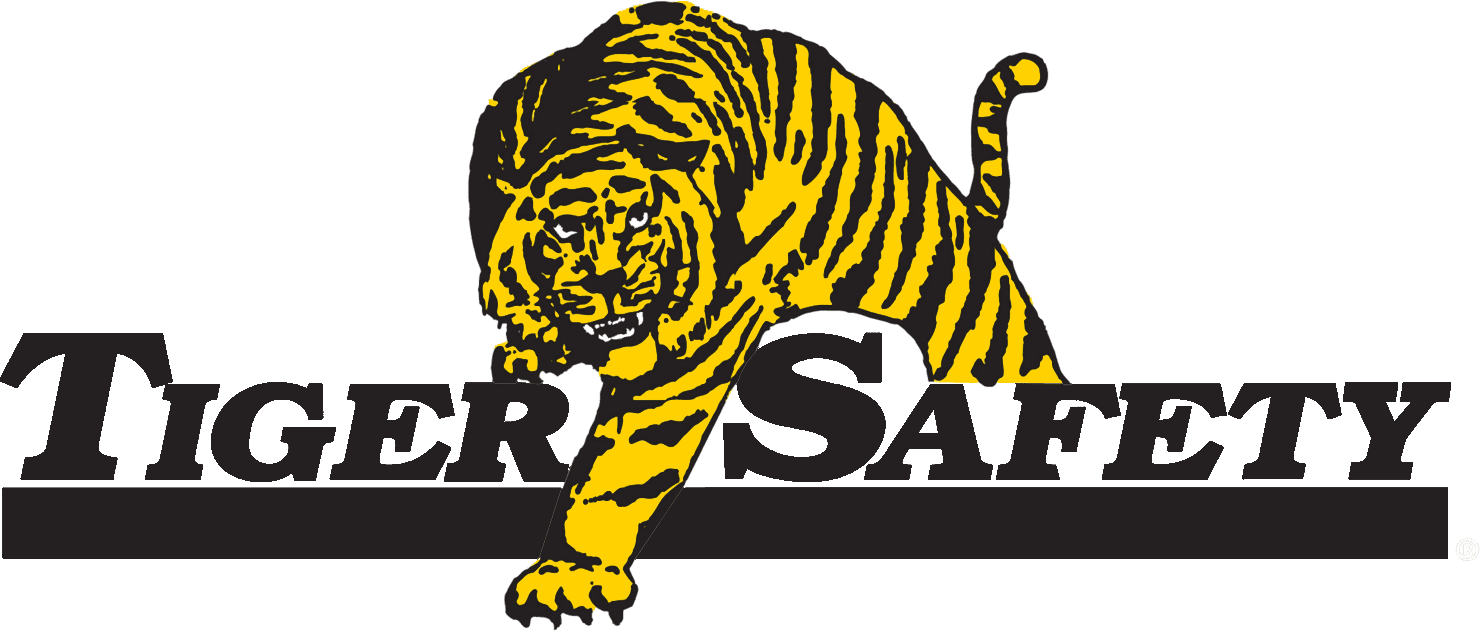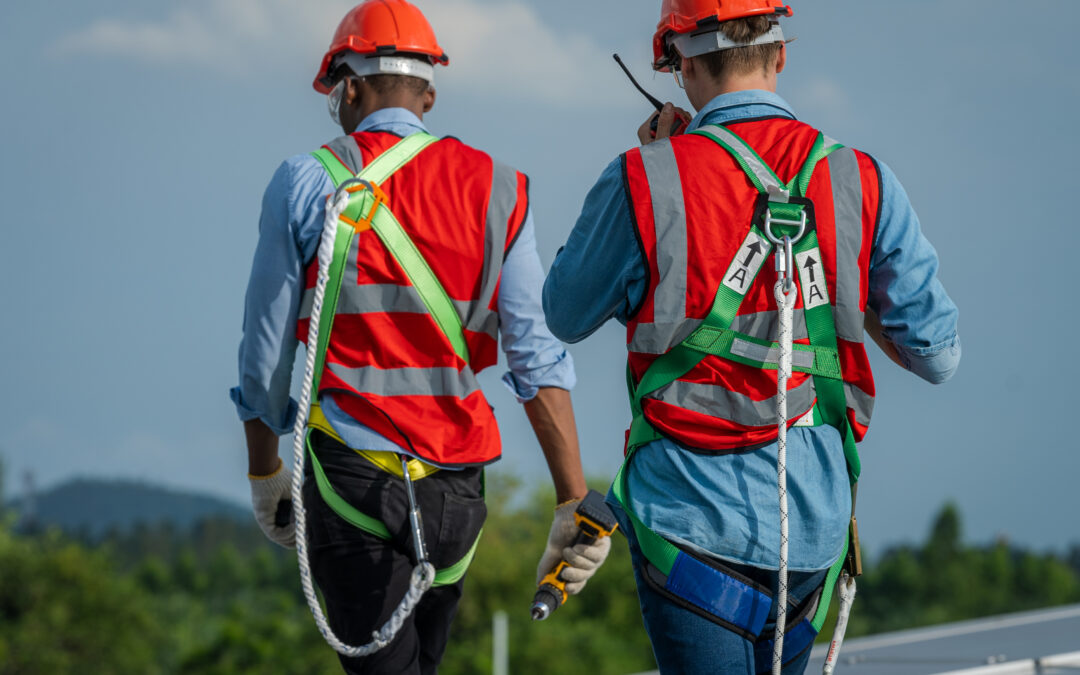Falls are among the leading causes of injuries and fatalities in the oil and gas industry. Slippery surfaces, elevated working areas, and confined spaces are just some of the factors that can contribute to the risk of falls in the workplace. Ensuring the safety of workers and mitigating these risks are critical concerns for oil and gas companies. As a provider of specialized safety services and equipment for onshore and offshore oil and gas operations, Tiger Safety Rentals is dedicated to helping organizations develop and implement comprehensive fall protection strategies.
To effectively address fall hazards in your workplace, a complete fall protection program should be in place. This program should encompass risk assessment, safe work practices, employee training, and the use of appropriate personal protective equipment (PPE). Regulatory bodies like the Occupational Safety and Health Administration (OSHA) have established stringent guidelines and requirements for fall protection in the oil and gas industry, making compliance essential to maintaining a safe working environment.
In this article, we will delve into the essentials of fall protection in the oil and gas industry, discussing the importance of identifying and mitigating fall hazards, training employees, selecting appropriate fall protection equipment, and adhering to regulatory standards.
If your oil and gas company seeks to enhance its fall protection measures, Tiger Safety Rentals is here to support you. Our specialized safety services and equipment are designed to meet the unique needs of the oil and gas industry, ensuring that your operations are both safe and compliant with applicable regulations.
1. Risk Assessment and Hazard Identification
An essential first step in implementing an effective fall protection program is conducting a thorough risk assessment of your workplace. Identify potential fall hazards and determine the necessary safety measures to mitigate these risks. Common fall hazards in the oil and gas industry include:
– Elevated work platforms
– Drilling rigs and derricks
– Scaffolding and ladders
– Stairs and walkways
2. Fall Prevention and Safe Work Practices
Ensure that safe work practices are established and enforced to prevent falls in your workplace. These may include:
– Developing and implementing standard operating procedures (SOPs) for tasks at height
– Regular inspections and maintenance of equipment and work environments
– Maintaining clear, well-lit, and clutter-free workspaces
– Installation of guardrails, handrails, and toe boards in elevated areas
3. Employee Training and Competency
Provide comprehensive fall protection training to all employees who may be exposed to fall hazards. Training should cover hazard identification, proper use of PPE, safe work procedures, and emergency response procedures. In addition, invest in ongoing training and skill development to maintain a high level of worker competency in fall protection.
4. Personal Fall Protection Equipment (PPE)
Equip your workers with the appropriate personal fall protection equipment to ensure their safety when working at height. Key equipment includes:
– Full-body harnesses
– Shock-absorbing lanyards
– Self-retracting lifelines
– Anchorage connectors
Ensure all PPE is regularly inspected for wear, damage, and defects. Replace damaged equipment promptly to maintain optimal worker safety.
Regulatory Compliance and Industry Standards
1. Adherence to OSHA Regulations
Comply with OSHA’s fall protection standards, such as OSHA 1926 Subpart M for construction and OSHA 1910 Subpart D for general industry, to maintain a safe and compliant work environment. These standards outline essential requirements for fall protection systems, equipment, and training.
2. Industry Best Practices
Adopt industry best practices for fall protection, which may include guidelines from the American Petroleum Institute (API), the International Association of Drilling Contractors (IADC), or the American National Standards Institute (ANSI). Applying best practices can significantly reduce the risk of falls and contribute to a safer work environment.
Continuous Improvement
1. Incident Reporting and Investigation
Implement a system for reporting and investigating fall incidents and near misses. Analyze the root causes of fall incidents and use the information to continually improve fall protection measures and practices.
2. Stay Informed of Industry Developments
Stay up to date with the latest developments in fall protection technology, regulatory requirements, and industry best practices. Continuously update your fall protection programs, training, and equipment to reflect current standards and emerging workplace hazards.
Conclusion
Implementing an effective fall protection program is crucial for ensuring worker safety and compliance with industry regulations in the oil and gas sector. By investing in hazard identification, risk assessment, employee training, and appropriate PPE, companies can significantly reduce the risk of falls and enhance the overall safety of their operations. Tiger Safety Rentals is your reliable partner for fall protection solutions, providing specialized safety services and equipment that cater to the unique challenges faced by the oil and gas industry.

